|
Those of you living in central Tokyo may have already noticed that there are so many large scale supermarkets in the area. Especially the once that have a big parking lot. So, ever since the Himonya Daiei closed down for renovation, all my friends in the Meguro area looked forward for the Grand Opening of the new AEON Style that took over Daiei. I finally had the chance to take a look at the new shop yesterday, and here are my findings: - Overall, there wasn't a major change. There is a Starbucks and a Cafe/Bar on the second floor. - AEON Liquor shop on the second floor has a good selection of wine and beer and other alcoholic beverages - As the Upper floors are still under renovation, you can only buy women's clothing and not children's or men's clothing. - There is a wide selection of kitchen tools and household goods that I found quite amusing on the 4th floor. - The spice and condiment section is huge and the selection is vast. This is what amused me the most. - The selection for organic products was large compared to other supermarkets. You can even get organic spices. - The meat selection is quite good. They have Tasmanian Beef, Iberico Pork, New Zealand Lamb, Hungarian Duck and much more. Be there after 6 pm for a bargain as everything with less than 2 days till the expiration date will be discounted 20% - 30% off. - The selection of cheese is pretty good and if you are lucky you can get cheese that are close to the best before date at a discounted price. I was tempted to buy the brie cheese at 50% off. - The basement parking space is gone and you have to park in the open air which means you don't want to go there on a rainy day. (You might need to walk a few blocks on the weekends when that closes parking lot is full). You get free 2 hours parking if you buy more that 1500 yen. AEON Style Himonya Website (English)
0 Comments
The first class of the year started off with a wagashi class attended by visitors from Guam, Canada and Hong Kong. A lovely little visitor made cute wagashi sweets including a mountain full of flowers. The class ended with a tasting session with a bowl of matcha.
My class aprons which I ordered last year debuted on this day too. And I think they look great! 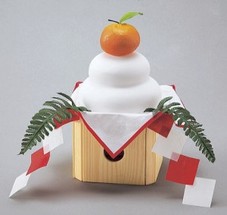 Kagami-mochi Kagami-mochi Kagami Biraki (鏡開き) is a Japanese traditional ceremony which literally translates to "Opening the Mirror" (from an abstinence) or, also, "Breaking of the Mochi." It traditionally falls on January 11 (odd numbers are associated with being good luck in Japan) It refers to the opening of a Kagami mochi, or to the opening of a cask of Sake at a party or ceremony. (from wikipedia) So, today from the mochi that was opened, I made strawberry daifuku. It's very simple. Recipe for Strawberry Daifuku Using Mochi 1. Wrap the strawberry in about a golf ball size anko (red bean paste) - I used matcha bean paste and white bean paste this time. Set aside. 2. Take the mochi, and place it in a microwavable bowl with enough water to cover it and microwave for 2~4 minutes depending on the size of the mochi. Turn it over half way and keep a close eye on it as it will become too soft and melt away in the water. 3. Turn the mochi over in a plate covered with potato starch. Divide the mochi if its too big. Wrap one strawberyy in the mochi. Serve immediately as it will become hard and dry with time. Hope everyone has had a great holiday. My children are finally back to school and peace has arrived this morning and I am busy tiding up the house.
I've recieved a request for the intensive cooking course to start in February. If anyone is keen on joining this course, please let me know. I can arrange a day that is convenient for all the participants (weekdays at 10:00 unless otherwise requested). This is a great course if you are new to Japan and would like to learn the basics of Japanese Cooking. The course will start off with a tour to the local supermarket to introduce you to all the basic condiments and ingredients. The first class will teach you how to make dashi, the fish stock which is the basis of most Japanese dishes. We will make couple of dishes using the dashi. The other classes will guide you through the most basic ingredients, soy sauce, mirin, tofu, miso. In each class you will make one soup, 1 or 2 side dishes, main dish and a rice dish. You may choose what you would like to make for the last class. For details of this course please visit this page. Happy New Year to you all. Last year has been an amazing year with increasing visitors to my cooking class. I had never thought of welcoming so many people in my house! It has been a great experience and I do hope I will be contributing to increasing more Japanese Cooking Fans this year too.
We visited Taiwan for Christmas (and I hope to write about this trip in my blog someday soon) so I hadn't been able to plan in details about the Osechi (New Year's Feast) but managed to prepare a couple of dishes on my own. Each dish symbolizes good fortune and Haruka Masumizu has written a great article on Japan Today explaing it, so if you are interested, please take a look. - Kohaku Namasu (Red & White salad) - Date maki (Sweet Egg Roll) - Kuri Kinton (Mashed Sweet Potato with Chestnuts) - Tazukuri (Candied Baby sardines) - Stewed Kinkan (kumquat) - Tamagoyaki - Roast Beef - Stewed Root Vegetables - Grilled Shrimp The store-bought dishes are Kuromame (sweet black beans), Kamaboko (fish cake), and Kobumaki (Rolled kelp stuffed with salmon) The reason much of the dishes are so sweet is that they are to last for a few days so that we had something to eat when the stores were closed during New Years. Actually I didn't put so much sugar in my osechi, The shrimp has been pan fried in garlic oil instead of boiling it in sugary water and I put cream in the mashed sweet potato instead of the liquid candy. The root vegetables that are tratditionaly stewed in fish broth and soy sauce have been stewed in garlic and tomato for my version. Roast beef is not a typical Osechi dish but it's something my children will prefer. I think the only typical dish missing in my osechi are the Kazunoko (Herring Eggs), which my parent's usually send over. This year they didn't as they thought we would be in Taiwan. The red and white salad has less sugar in the dressing which is nice to eat with a drizzle of olive oil. My regular student Anna Jassem has written an article on Japan Today which includes my recipe for this salad. |
AuthorI'm Miyuki and I teach Japanese Home cooking at my home in Tokyo. Archives
February 2021
Categories
All
|
service |
Information |
© COPYRIGHT 2015. ALL RIGHTS RESERVED.
|


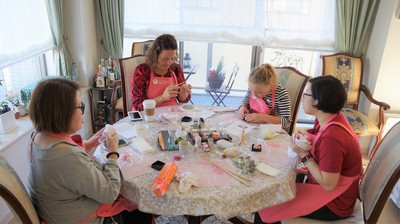
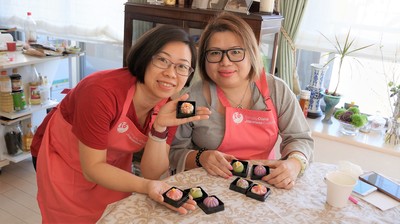
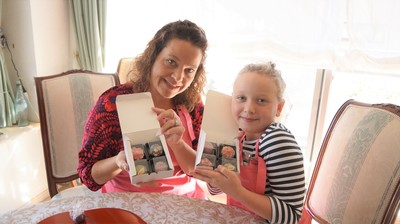



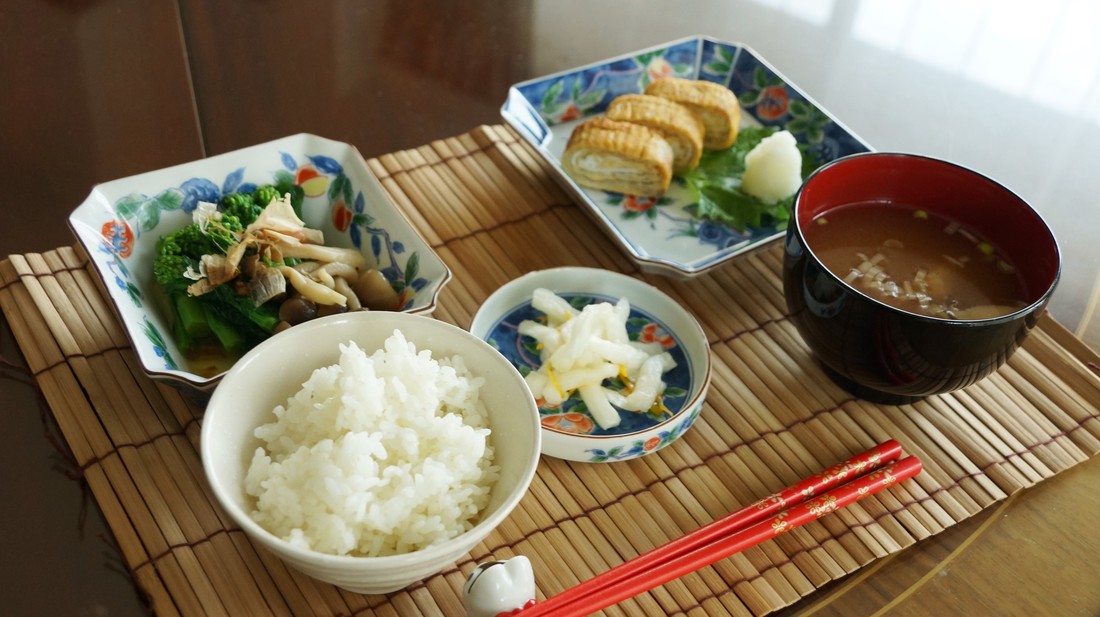


 RSS Feed
RSS Feed
